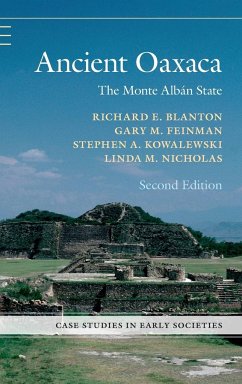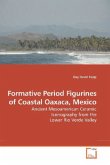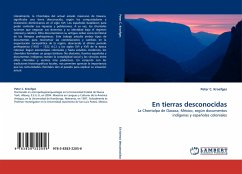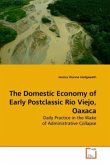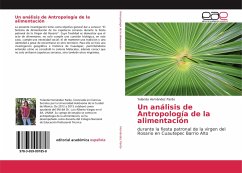"Chapter 1 Introduction: Mesoamerica and its pre-Hispanic civilization Some 2,500 years ago in the Valley of Oaxaca, in what is now southern Mexico, a profound social and cultural transformation resulted in the region's first large aggregation of people (thousands) in a hilltop location. This aggregation, at Monte Albâan, was accompanied by new institutions and forms of government that were different than any that had developed in the region before. These new, more hierarchical forms of organization developed in a primary or endogenous context (i.e., without the direct influence of peoples or polities from outside the region). The new institutions were political, religious, and economic in nature, and they underpinned practices and demographic processes that endured for centuries. Our aim here is to explore how and why these fundamentally new kinds of institutions developed. Such questions have a long intellectual history, and the origins of more hierarchical forms of governance and new modes of economic transfer remain key research foci for contemporary anthropological archaeology and other historical social sciences. In founding a new, large, hilltop settlement, the pre-Hispanic ancestors of today's inhabitants of the Valley of Oaxaca fashioned a cooperative arrangement that eventually stretched to encompass the entire Valley of Oaxaca (and even regions well beyond). In scale and complexity, it equaled other early polities in ancient Egypt, Mesopotamia, and North China, as well as elsewhere in Mesoamerica such as the Maya"--
Hinweis: Dieser Artikel kann nur an eine deutsche Lieferadresse ausgeliefert werden.
Hinweis: Dieser Artikel kann nur an eine deutsche Lieferadresse ausgeliefert werden.

